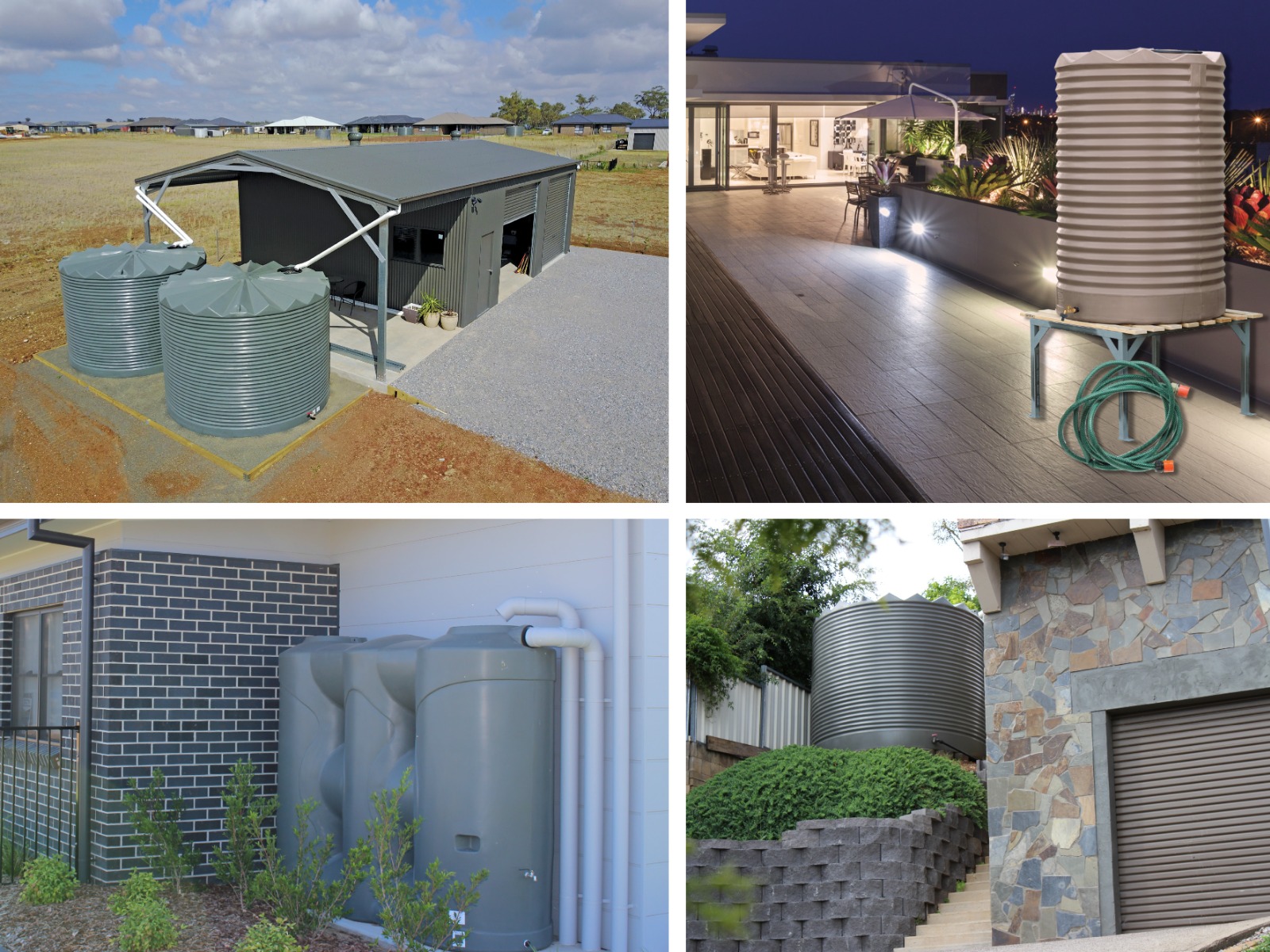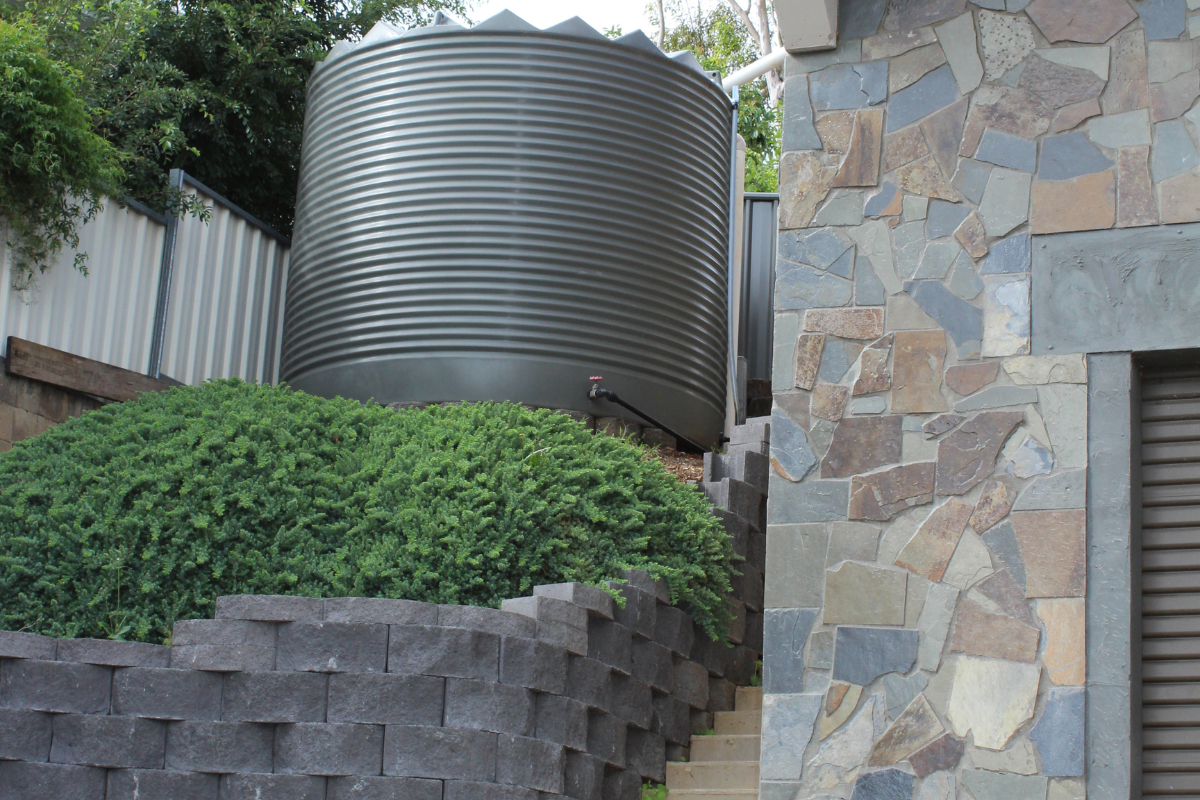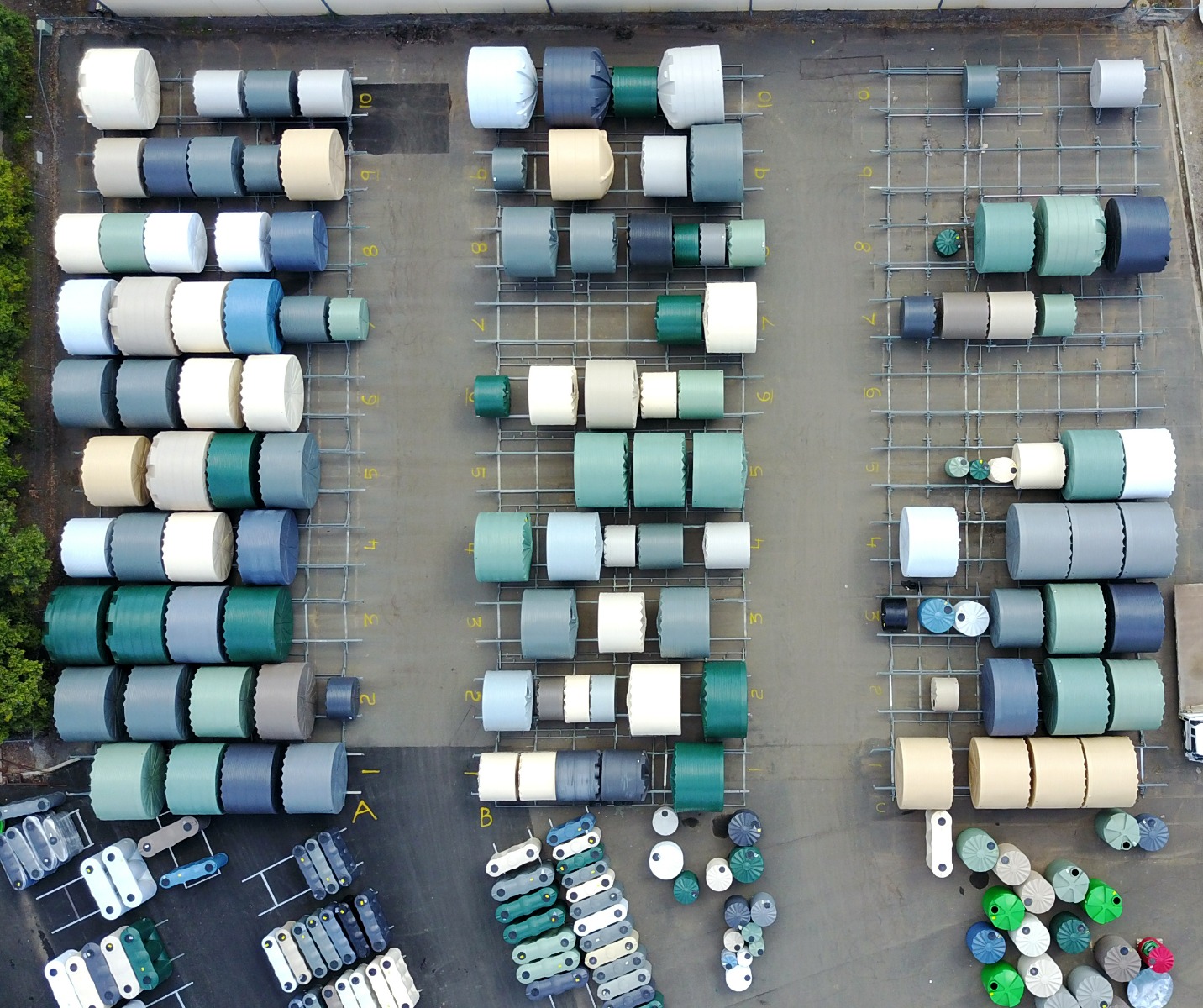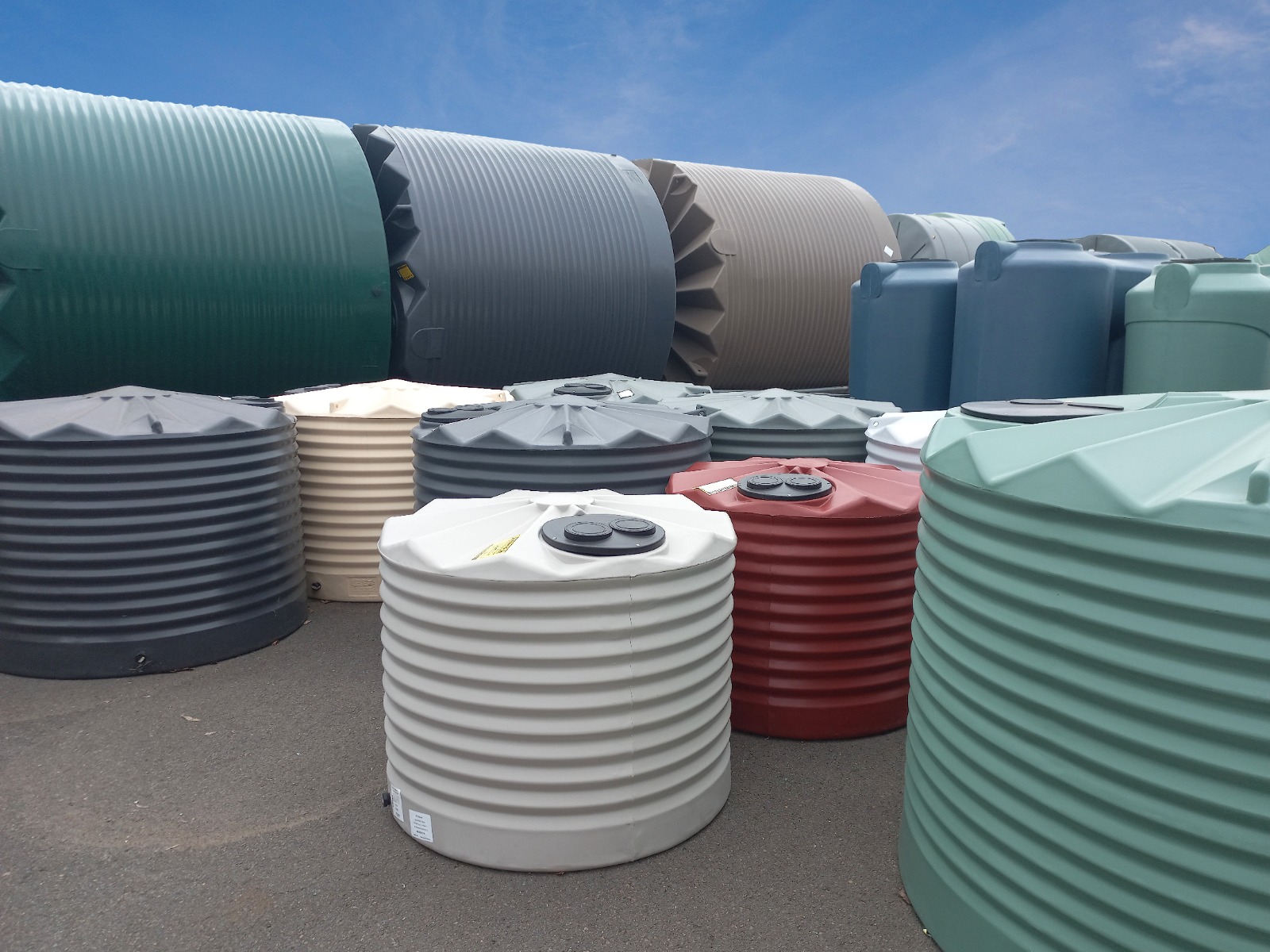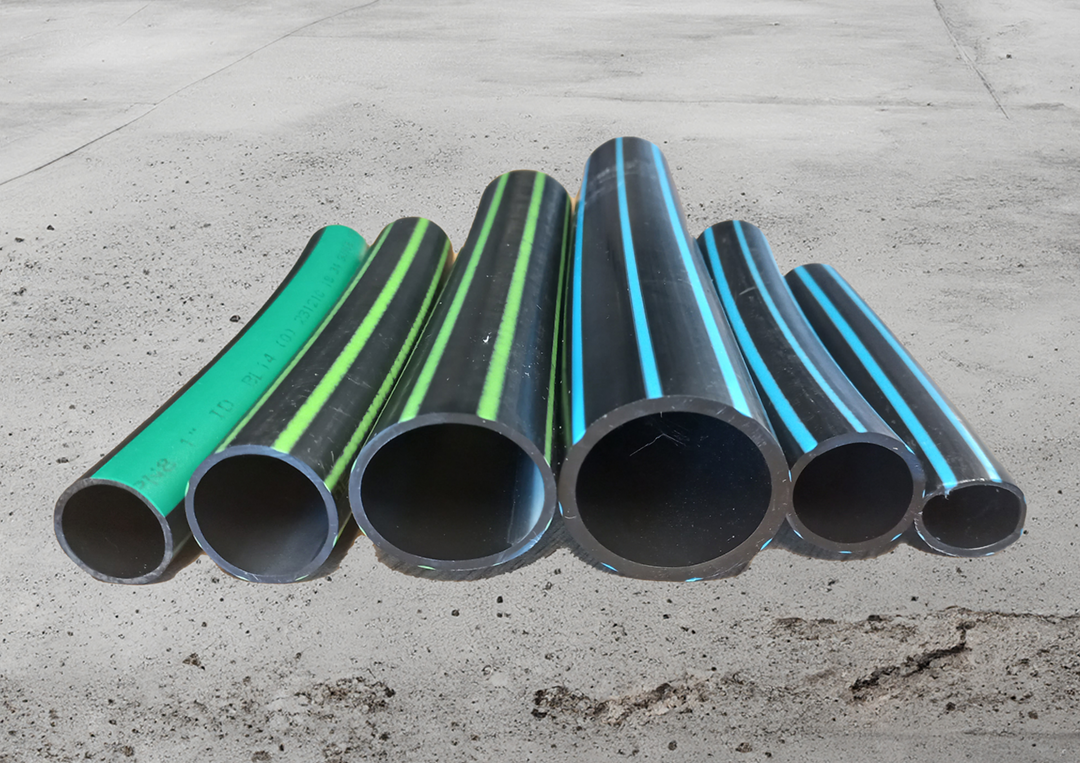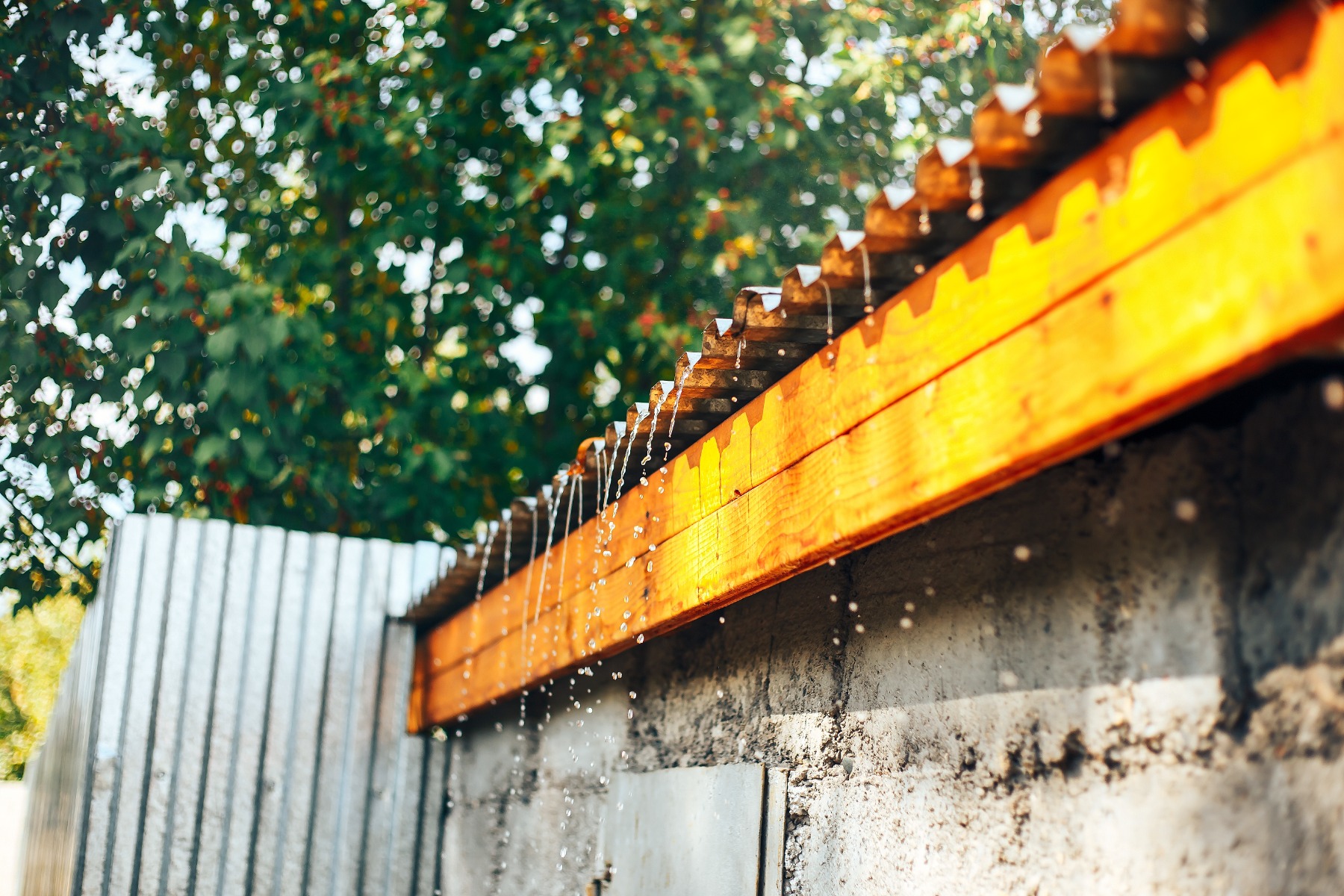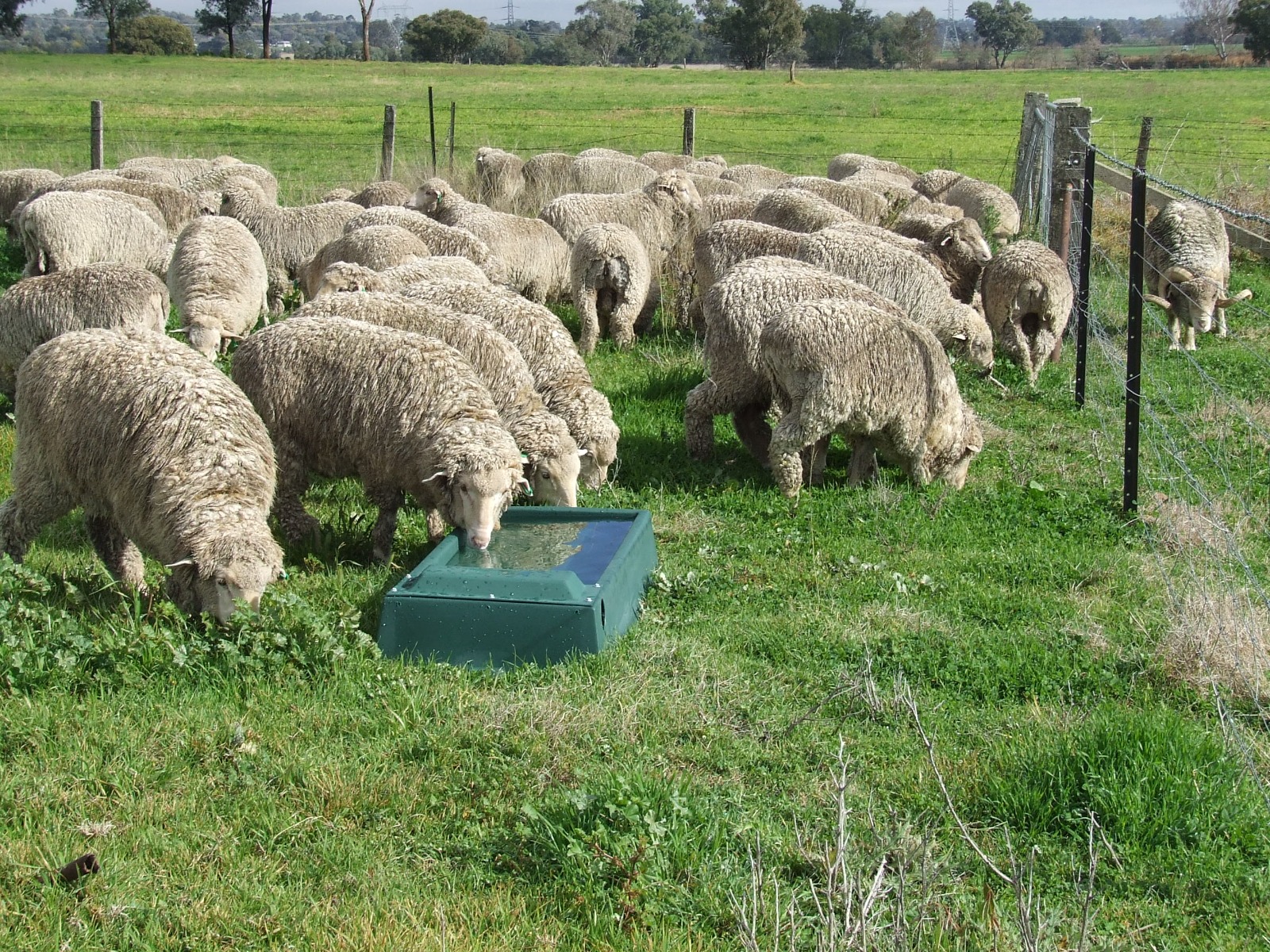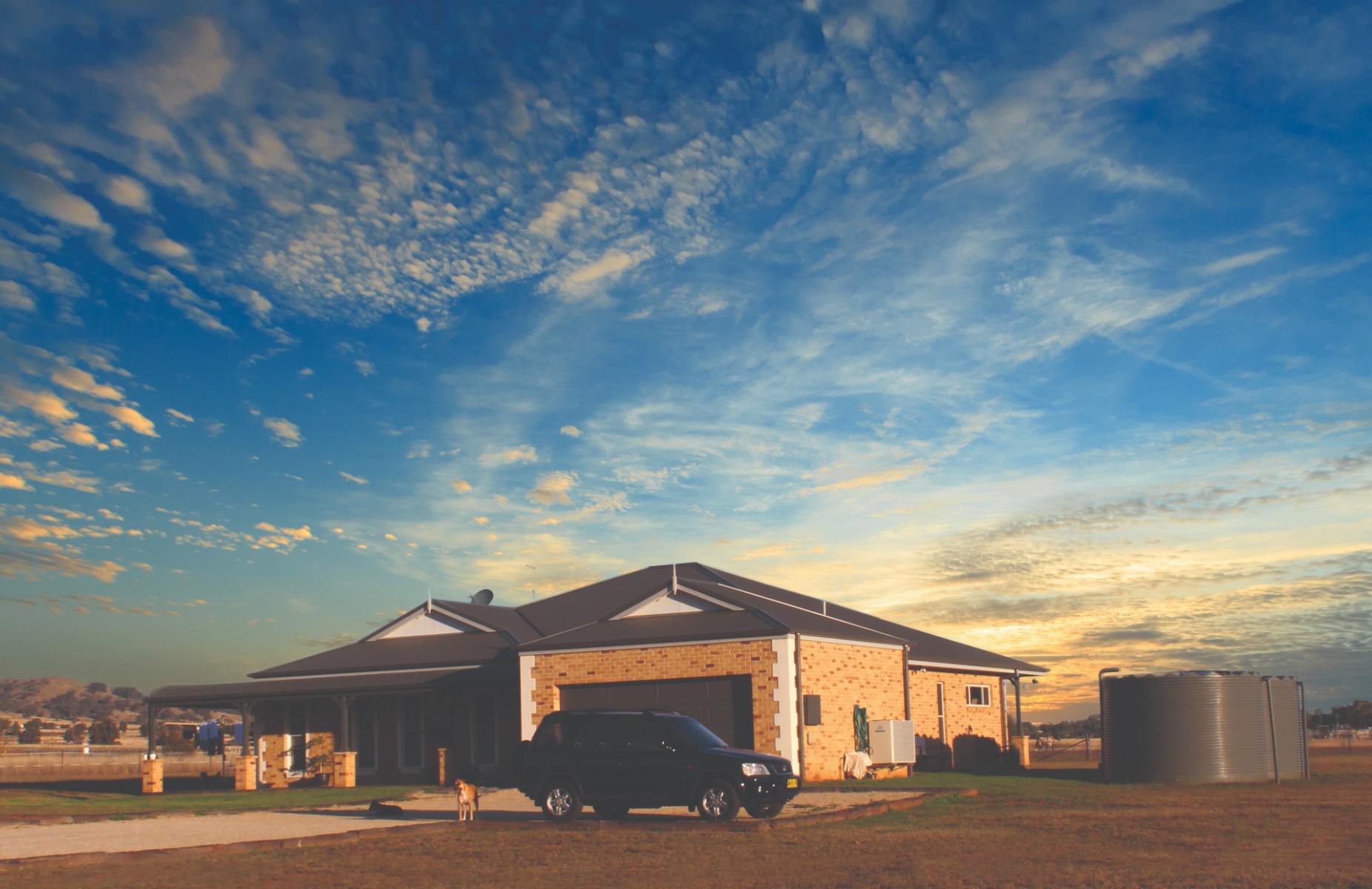When considering the purchase of a rainwater tank, you may have a wide range of questions depending upon your specific needs and circumstances:
What size and shape rainwater tank will suit me best?
You may want to place your rainwater tank in a particular space, so you’ll need to understand the styles and sizes that may be available. You’ll also need to make allowances for plumbing, pumps and tank outlets, access for cleaning and the location of a suitable power supply. Allowing for adding an additional tank for example, or options for a narrow installation space will impact the styles and sizes that may be available to you.
How much storage capacity do I need in a rainwater tank?
The first consideration is what will the water be used for and how much do you think you’ll use. Bear in mind that the amount of water you can expect to harvest is a function of the roof area that feeds the tank and the anticipated rainfall where you live. Understanding usage and collection will allow you to make an informed decision about tank capacity.
What is the best material for my rainwater tank?
The tanks' location and your environment are key factors when comparing materials. They each have their merits depending on your specific needs. Large capacity metal and concrete tanks require construction on site, and once in place cannot be relocated. Polyethylene tanks are generally smaller in capacity but only require site preparation and plumbing up to put them into action. Make sure your selected tank is Australian Standard approved for added piece of mind!
How can I minimise the visual impact once my rainwater tank is installed?
Water tanks can be quite large and prominent, and you may want to choose a tank that blends in with its surroundings or that can complement your home or property. Bear in mind that your tank not only provides water storage but also improves the value of your property.
How do I ensure the quality of the water in my rainwater tank?
If the water in the tank is intended for drinking, you must ensure that the tank is made from materials that are safe for storing drinking water and you must take the appropriate steps during the installation and set-up process to guarantee a supply of safe, clean drinking water that you and your family can enjoy. Extras such as first flush diverters and in-line filter systems are valuable aids in optimising water quality. Make sure your tank is made to Australian Standards and is approved for potable water.
How do I prevent pest’s getting into the rainwater tank?
Water tanks can be a breeding ground for insects and other pests. Luckily, many tanks have features such as mosquito screens and other pest control options. Also, some tanks do not completely block sunlight and rainwater tanks without tight-fitting lids can allow the water to be exposed to sunlight which will almost certainly result in algae growth.
What do I need to know about installing a rainwater tank?
Water tanks can be heavy, bulky, and difficult to install, particularly if they are large or require specialised equipment. You should consider factors such as the location of the tank, site access, the amount of space available for installation or whether you need permits or approvals from local authorities. Importantly, you must ensure that you have installed the base (that your tank will sit on) to the required specifications to comply with warranty requirements and get the optimal life from your new tank.
What tank accessories will I need to meet my water usage goals?
Water tanks may need a range of accessories to achieve their desired use, including pumps, power outlets, overflow discharge and systems to ensure a permanent reserve of water for firefighting purposes. If you want safe drinking water, you will require a set-up that optimises the cleanliness of rainwater entering the tank and treatment options such as sediment and UV filtration systems.
How much work is required to maintain my water rainwater tank?
Water tanks require regular maintenance to keep them clean and functioning properly. It is sensible to choose a tank that has easy to access for cleaning and inspection and to locate the tank so that it can be easily accessed. It is possible to install self-cleaning mechanisms that reduce the need for manual maintenance.
Buying a rainwater tank that will suit your needs now and for years to come requires careful consideration of a wide range of factors. Rapid Plas have been manufacturing superb quality rainwater tanks in Tamworth for over 30 years and the Rapid Plas team have the expertise and experience to help you with all your questions.
If you have any questions or need additional information, talk to the expert Rapid Plas team by calling them on 1800 816 299 or email sales@rapidplas.com.au with your enquiry.
9 questions to consider when looking for a rainwater tank
- By Rapid Plas
- Jun 19, 2023
